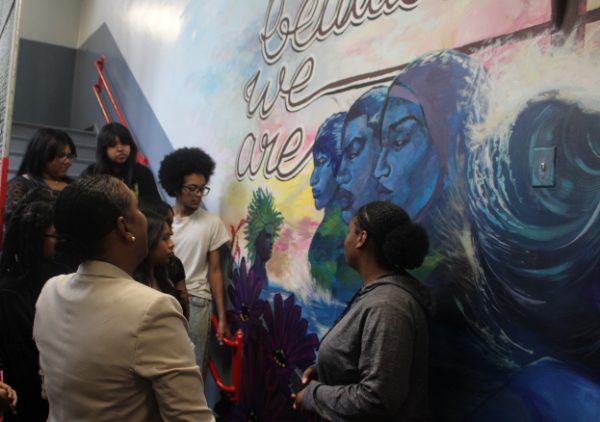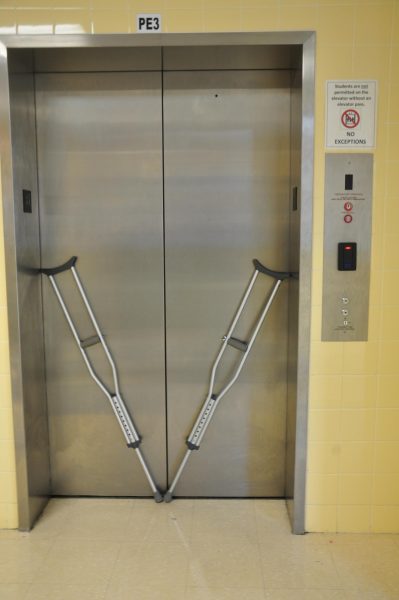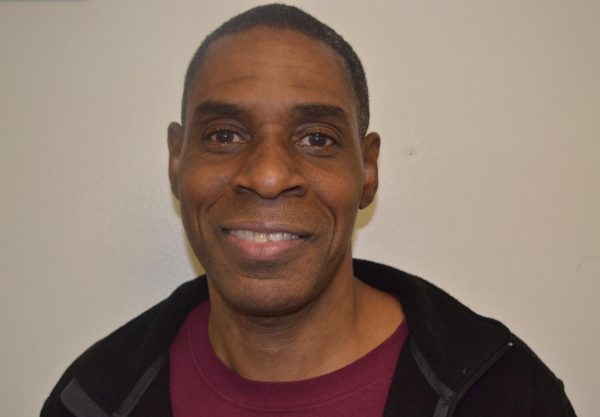“Ask me” signs spark curiosity
Teen Health Ambassadors raise awareness about STIs with an “Ask Me” campaign.
“I thought it was religion related or a sorority,” said Kat Zabinska, a junior. “I thought it wasn’t important,” Emine Akcay, a junior, said. Patricia Ann Mendoza, also a junior, admitted, “I thought they were going to do an advice column.” Freshman Arianna Rodriguez perhaps voiced the most common sentiment of all, “I was just wondering what they were.” These were the varied reactions to the “Ask Me” sign that were posted in the halls.
These signs were posted all around the school by the Teen Health Educators Club. According to Fatmata Bah, a teen health ambassador and educator, the Teen Health Educator Club, that consists of 12 students, was taking on a new initiative for STD Awareness Month that began at the end of March. “We are here to promote knowledge on sexual issues and peer testing . . . because in college you have to pay to get tested,” said Bah.
This initiative took several weeks to prepare. “We had meetings every Monday in room 241 and by email throughout the weeks,” said Bah. The “Ask me” signs came about when the club was brainstorming a way to promote this new initiative. They wanted a way to build curiosity among students. “When you look at an “Ask Me” sign you want to know what it’s about,” said Bah.
The club also enlisted the help of Global Kids members, according to Brenda Beltran, a junior. Fatmata Bah went into Global Kids and spoke about STIs (Sexually Transmitted Illnesses) and the importance of getting involved in knowing other students’ statuses on whether they have HIV or not. “That’s how I knew about the signs,” Beltran said, after hearing this lecture.
In the last week of April, Bah handed out cards that had two locations where anyone can get tested for HIV. These locations are the Curtis High School Health Center and the Health Center on 57 Bay Street.
Bah wore the “Ask Me” sign herself in order to increase the number of students going to the clinic and getting tested.
Several students came up with ideas to improve the signs. According to Kat Zabinska, putting up posters on the dangers of STIs and handing out surveys on ways to improve the plan would help promote this initiative. Patricia Ann Mendoza suggested, “If it said ‘Go to the Health Center and get sex education’ it would’ve helped because it should’ve given a hint to what it was; it was too general.”
What does the future hold for this club? Hopefully, there will be more motivation for students to get tested and eventually decrease the amount of STDs.





